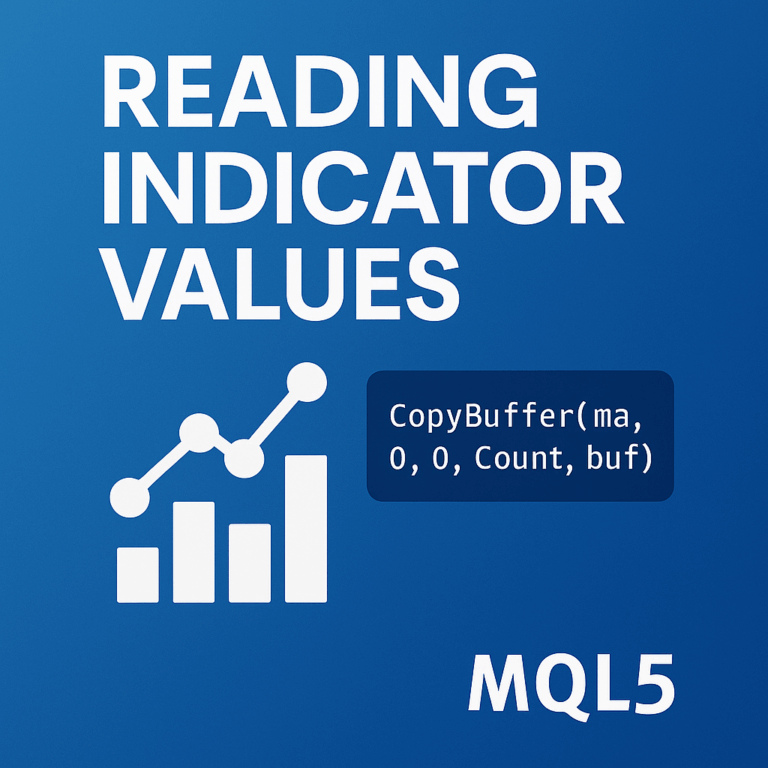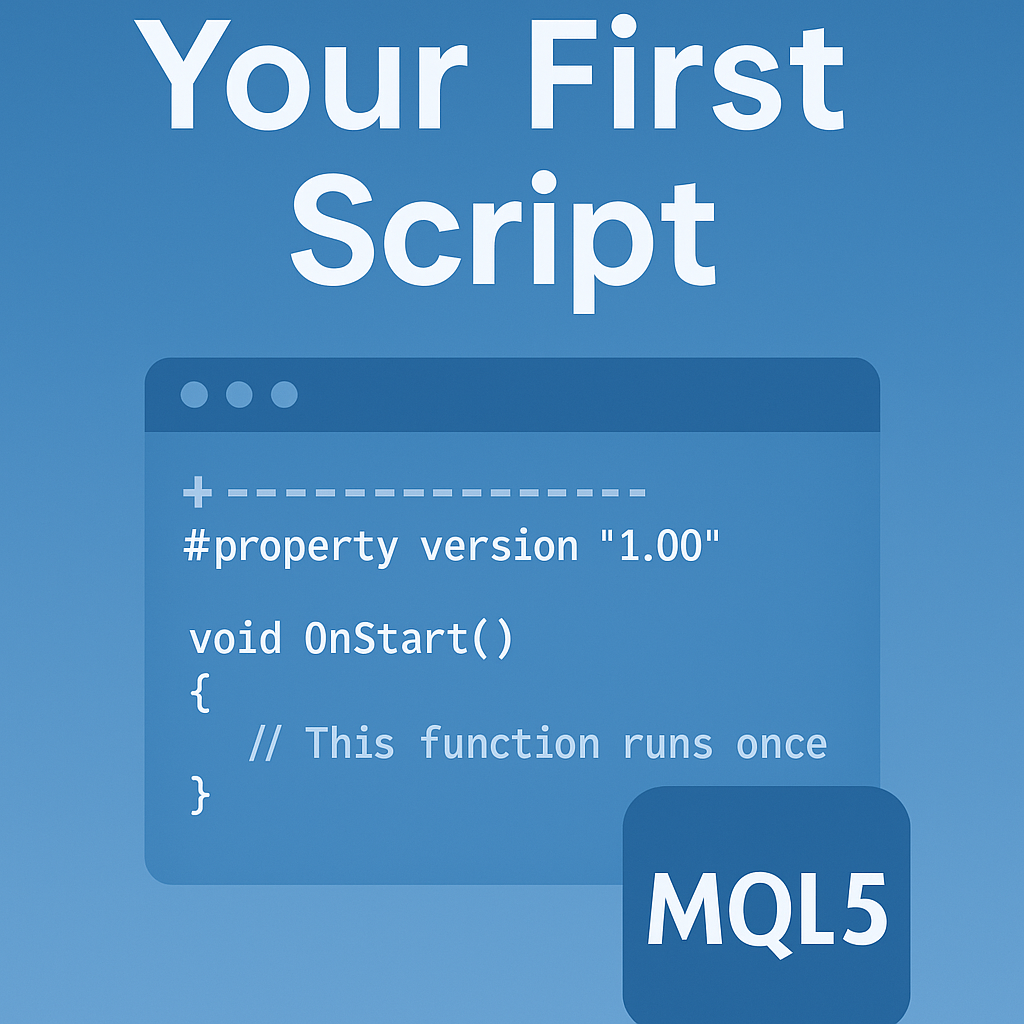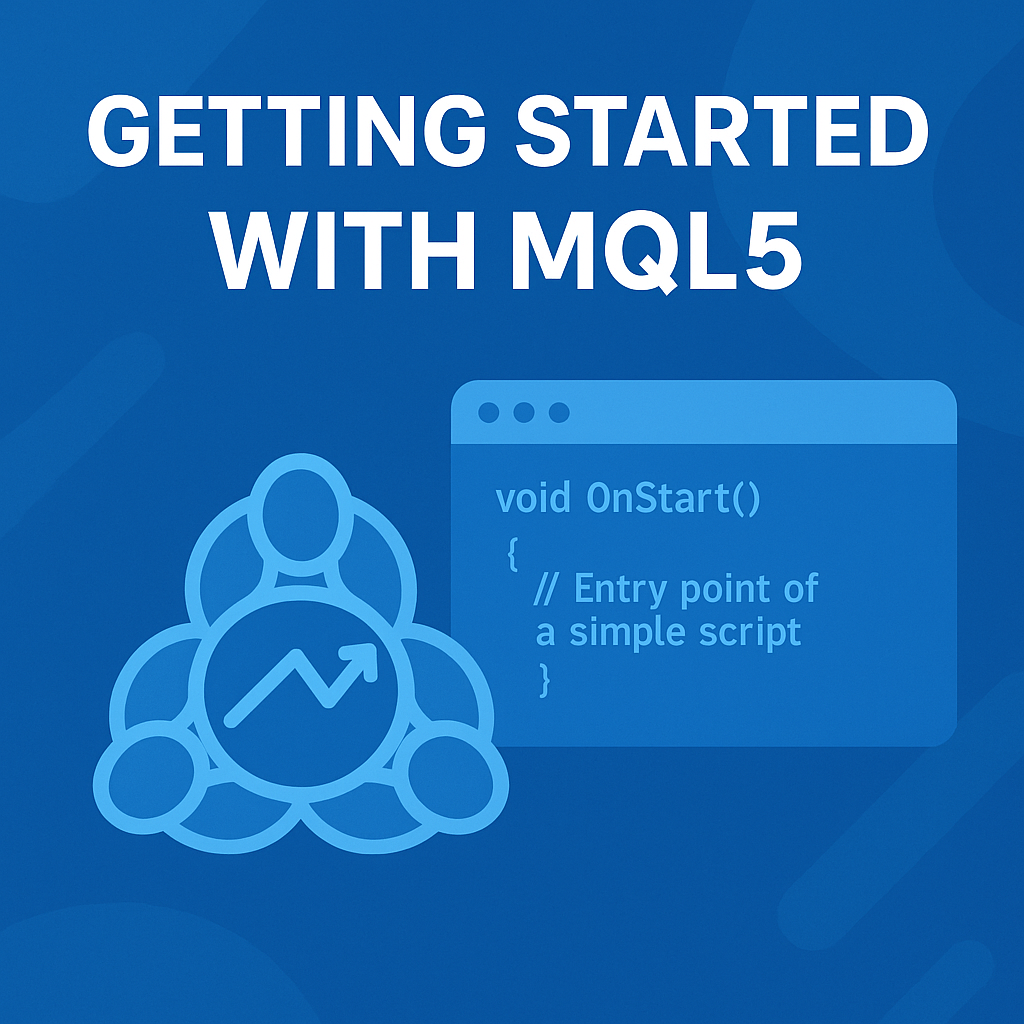- November 7, 2025
What Is an Expert Advisor
Overview An Expert Advisor (EA) in MQL5 is an automated trading system that runs inside MetaTrader 5. It monitors the market, makes trading decisions, and can execute orders automatically based on your strategy. Unlike scripts, which run once and stop, an EA operates continuously — it reacts to every market tick or event. EAs are written in the same MQL5 language used for indicators and scripts, but they rely on special event-handling functions to process data and react to market updates. What You Will Be Able to Do Code Example Execution Steps Key Point An Expert Advisor is event-driven: OnInit() runs once at startup, OnTick() executes on every market update, and OnDeinit() runs when the EA is removed. This structure makes it ideal for continuous strategy execution, order management, and monitoring. Next Section → Next: The OnTick Function






